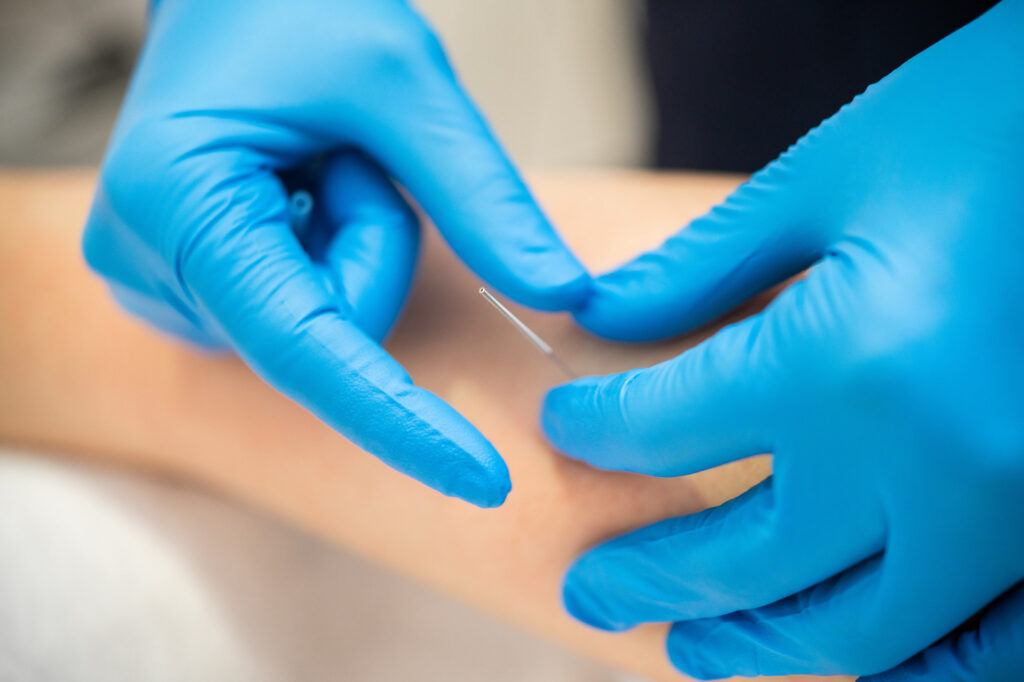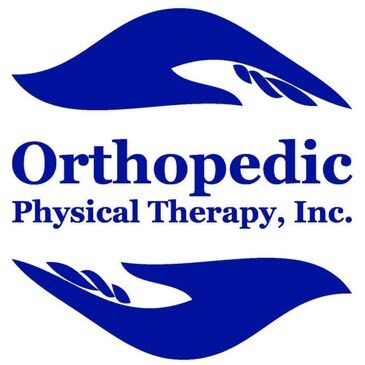Leave Behind Myofascial Pain Syndrome
Break free from Myofascial Pain and start living pain-free
Break Free from Chronic Pain: Understanding Myofascial Pain Syndrome (MPS)
If you’ve been dealing with persistent, deep, aching pain that doesn’t seem to go away, you may be experiencing Myofascial Pain Syndrome (MPS). This musculoskeletal condition is caused by tight, irritated muscle knots (trigger points) that can lead to localized and referred pain anywhere in the body.
What Does Myofascial Pain Look Like?
- Spread beyond the problem area, causing referred pain in the neck, shoulders, back, or limbs
- Last for seconds, hours, or even days after being triggered
- Increase in intensity when trigger points are irritated or left untreated

How Common is Myofascial Pain?
Studies show that trigger points are a primary source of pain in a large number of patients:
- 30% of people visiting a doctor for pain have myofascial trigger points.
- 85% of pain clinic patients have trigger points as the main cause of their discomfort.
How We Treat MPS:
- Trigger Point Dry Needling – Clinically proven to release muscle knots, improve blood flow, and reduce pain.
- Targeted Exercises – Stretching, strength training, and range-of-motion exercises help reduce trigger point activity and prevent future pain.
- Manual Therapy – Techniques such as pressure release and soft tissue work provide immediate pain relief and improve muscle function.

Success Stories
Myofascial Pain - Frequently Asked Questions
What causes trigger points and Myofascial Pain Syndrome?
Trigger points develop due to muscle strain, repetitive movement, or poor posture, leading to tightened, irritated muscle fibers. Some common causes include:
- Injury or trauma (such as whiplash or a fall)
- Repetitive movements (typing, lifting, running, etc.)
- Sustained poor posture (hunched over a desk, looking down at a phone)
- Chronic stress or anxiety, leading to muscle tension
- Lack of movement or prolonged sitting
How is Myofascial Pain Syndrome different from Fibromyalgia?
Both conditions involve muscle pain, but they are not the same:
- MPS is localized, meaning pain is caused by specific trigger points in the muscles.
- Fibromyalgia is widespread, affecting the entire body with tender points, fatigue, and sensitivity to touch.
- MPS can be effectively treated with manual therapy and dry needling, whereas fibromyalgia requires broader pain management strategies.
Can Myofascial Pain Syndrome go away on its own?
MPS may improve with rest and movement modifications, but chronic or severe cases often require professional treatment to release muscle tightness and prevent long-term pain. Early intervention with physical therapy can speed up recovery and prevent worsening symptoms.
Do I need a referral to start physical therapy for myofascial pain?
Ready to Feel Better? Experience Counts
Don’t let pain hold you back. If you have questions or want to know what treatments are right for you, contact us today to schedule a consultation at our Richmond, VA office. Let’s get you moving again!
